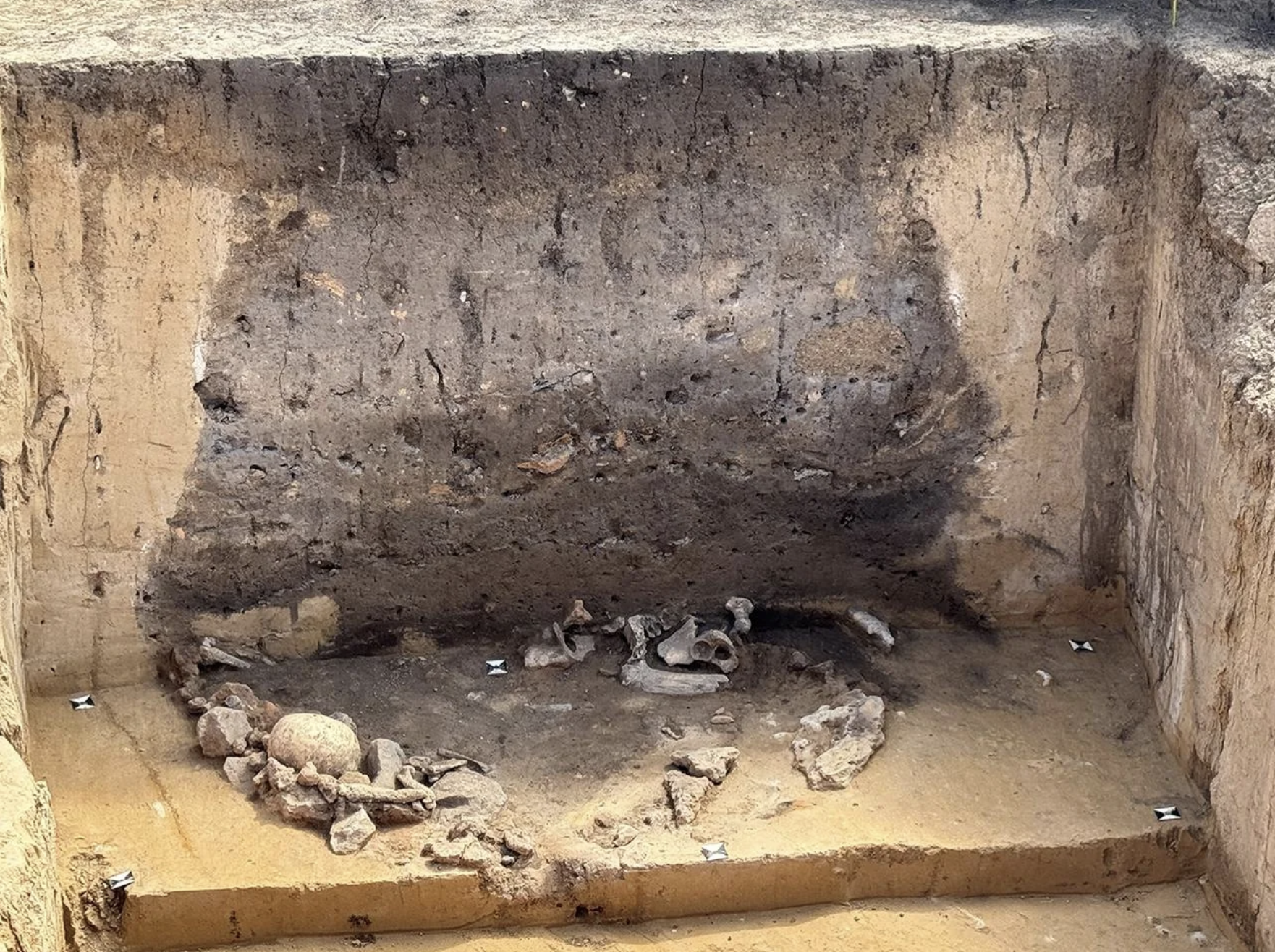5,000-Year-Old Ritual Pits Discovered in Germany Reveal Mysterious Neolithic Ceremonies!
In a remarkable archaeological find near the village of Gerstewitz in Saxony-Anhalt, Germany, researchers have unearthed twelve ritual pits dating back around 5,000 years. The discovery was made during preconstruction excavations along the SuedOstLink, a major high-voltage power transmission project. These ancient features are linked to the little-understood Salzmünde Culture, which flourished between roughly 3400 and 3050 BCE.
The pits provide rare insight into the burial practices and ceremonial life of a prehistoric community grappling with climate change and cultural shifts. The Salzmünde Culture, an offshoot of the broader Funnel Beaker Culture, was based along the Saale River and is known for its distinctive burial customs, often involving broken pottery, burnt structures, and human remains, particularly skulls, arranged in deliberate ways.
Excavations led by the State Office for Heritage Management and Archaeology Saxony-Anhalt, in collaboration with grid operator 50Hertz, have revealed circular pits between 2 and 3 metres wide and up to 2.5 metres deep, surrounded by ditches. Within these pits, archaeologists found a mixture of charred remains, ceramics, and animal and human bones, strongly suggesting complex rituals were performed there.
One of the most intriguing discoveries was a pit containing two well-preserved pottery vessels thought to have been used in ceremonial rites. In another, researchers found the scorched remains of a dog, still in its original anatomical position, placed next to a human skull with no signs of long-term exposure, indicating both were purposefully placed during a tightly controlled ritual process.
In yet another pit, which may have originally functioned as an oven, the partial remains of two individuals were discovered. These bodies appear to have decomposed elsewhere before being buried, implying a carefully staged and extended funeral ritual. According to the archaeologists, such findings hint that the pits may have been left open for prolonged periods during ceremonial activity, or that certain remains, like the dog bones, were kept in storage for later use.
These latest discoveries build on previous finds from the same infrastructure project, including Corded Ware Culture graves near Krauschwitz. However, the Salzmünde remains are around 500 years older and seem to reflect a society turning to increasingly elaborate rituals, possibly as a response to growing social pressures.
Around 3000 BCE, central Europe experienced a period of climate instability, with colder, less predictable weather. At the same time, groups from the Bernburg Culture were expanding south into Salzmünde territory. In the face of environmental and cultural upheaval, the Salzmünde people may have turned to ancestral and spiritual rites for guidance and protection.
One of the most debated elements of the find is the role of dogs. Some researchers suggest they may have been seen as spiritual go-betweens, connecting the living with the world of the dead. It’s still unclear whether these rituals were community-wide events or restricted to specific groups within society. Either way, what emerges is a powerful image of a people relying on ceremony, symbolism, and the spirit world to navigate a rapidly changing environment.

